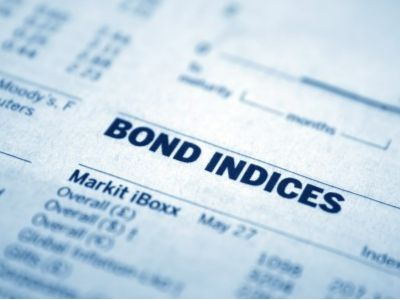Morgan Stanley Fund: A-share market welcomes a new round of market trend, focusing on computing power, high-end manufacturing, innovative drugs, etc.
2024-09-28 15:43
Morgan Stanley Funds stated that with the sharp rebound of A-shares on September 24, a new round of market turbulence brought about by the Fed's interest rate cuts may be quietly approaching.
Morgan Stanley's fund article stated that with the major rebound in A-shares on September 24th, the new round of market brought about by the Federal Reserve's rate cut may be quietly approaching, with little room for further decline in the A-share market. Structurally, growth styles are expected to dominate again before the release of the subsequent third-quarter reports, but market styles may become more balanced during the reporting period; in terms of industries, computing power, high-end manufacturing, and innovative pharmaceuticals are worth continued attention.
How have markets performed after previous Federal Reserve rate cuts?
Looking back at the 14 rate cut years since 1973, three months after the rate cut, the S&P 500 index has seen mixed movements with 7 increases and an average increase of 1.6%. However, over a longer period, six months and one year after the rate cut, the S&P 500 index has seen significantly more increases, reaching 9 and 10 times respectively, with an average increase of over 7%.
Data Source: Wind, PinPoint Macro Analytics
The situation in the A-share market is similar. In the past three Federal Reserve rate cut years, the Shanghai and Shenzhen 300 index has recorded significant increases, with an average annual increase of 74.9% (data source: Wind).
It is clear that rate cuts have a significant stimulating effect on the stock market. However, the movement of the U.S. stock market after rate cuts depends on an important factor, which is the economic fundamentals, in other words, whether the rate cut is preventative or for relief.
Is this rate cut preventative or for relief?
If the rate cut is preventative, the economy will not fall into a recession after the cut, and the stock market will remain strong. On the other hand, a relief rate cut is taken when the economy is already in a recession, and the stock market may continue to decline. So, is this Federal Reserve rate cut preventative or for relief?
Actually, the mainstream consensus is that this rate cut is still preventative. Firstly, the Federal Reserve's optimistic attitude towards the current economic situation and job market, as well as its confidence in inflation returning to target levels were noted during the interest rate meeting.
The unexpected rate cut by the Federal Reserve will have a positive impact on China's economic and financial operations in various ways, providing policy space for China, helping to alleviate capital outflow pressure and exchange rate pressure, reducing corporate financing and financial costs, and boosting demand for export companies.
In less than a week after the rate cut in the U.S., on September 24th, the People's Bank of China implemented a combination of monetary policies, involving reserve ratio cuts, lowering the central bank's policy rates, and 7-day reverse repo operation rates, as well as introducing a 500 billion securities fund insurance company swap facility for stock market investment. This injected liquidity into the market and resulted in a significant increase in A-shares, with the Shanghai Composite Index rising by 4.15%, marking the largest single-day increase in over four years (data source: Wind).
Investment opportunities may arise in the healthcare and technology sectors
So, which industries in A-shares will be most affected by this Federal Reserve rate cut? The healthcare and technology sectors, which performed the best in the last bull market, may see new opportunities for positioning.
Taking a look at the healthcare sector, since its peak in 2021, the healthcare sector has been weakening for three consecutive years. Main reasons include the impact of reduced consumer spending on the healthcare sector due to declining income expectations, slowing growth in medical insurance income, policy restrictions such as drug price comparisons, and uncertainties brought about by policy changes in some overseas countries.
However, overall, the toughest times for the healthcare industry may be over, with future expectations stabilizing and normalizing, expecting the sector to marginally improve, with long-term industry purification favoring high-quality innovative companies.
In terms of valuation, as of the close on September 24th, the rolling price-to-earnings ratio of the CSI Healthcare Index was 24.59 times, at the 2.35th percentile of the past 10 years, this position has already fully reflected the recent over-pessimistic sentiment.
On the other hand, in a liquidity environment trending towards ease, the healthcare industry, especially the innovative pharmaceutical sector with strong growth, will find it easier to obtain financing, leading to more investment opportunities.
As for the technology sector, its logic is similar to the healthcare industry, being a high-growth sector that may face valuation pressure in a market with insufficient liquidity. Once the Federal Reserve cuts rates, the technology sector will also show strong resilience.
RECOMMEND

AMAC: In January, 137 new asset-backed special plans were filed, with a total scale of 1122.64 billion yuan.
26/02/2025

Schroder Investment: Investors should consider allocating funds to securitized credit and insurance-linked securities.
26/02/2025

Reuss County Asset Annual Reflection: Policy Tipping Point is very clear. The semiconductor industry in 2025 is a game for the brave.
26/02/2025


